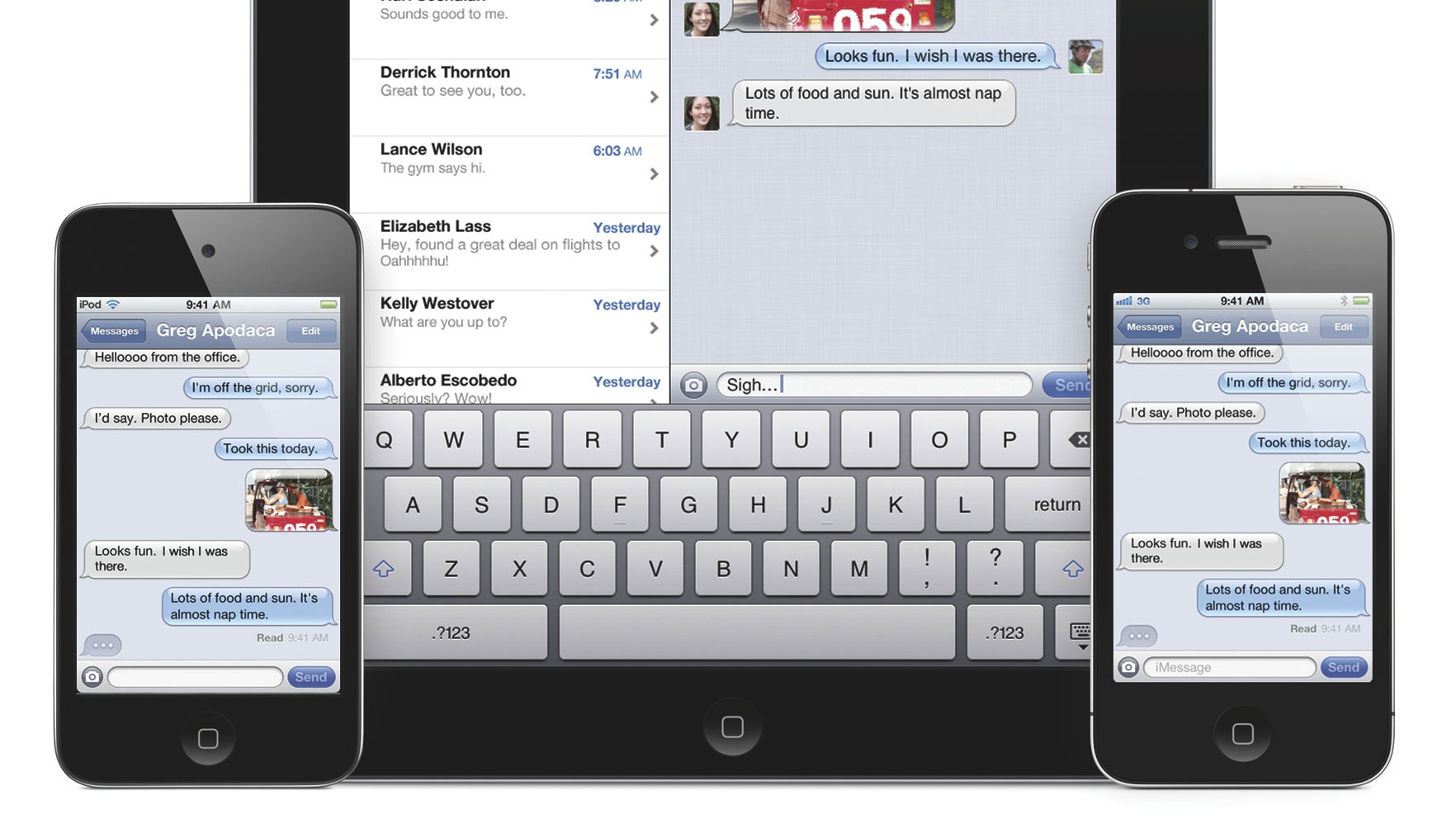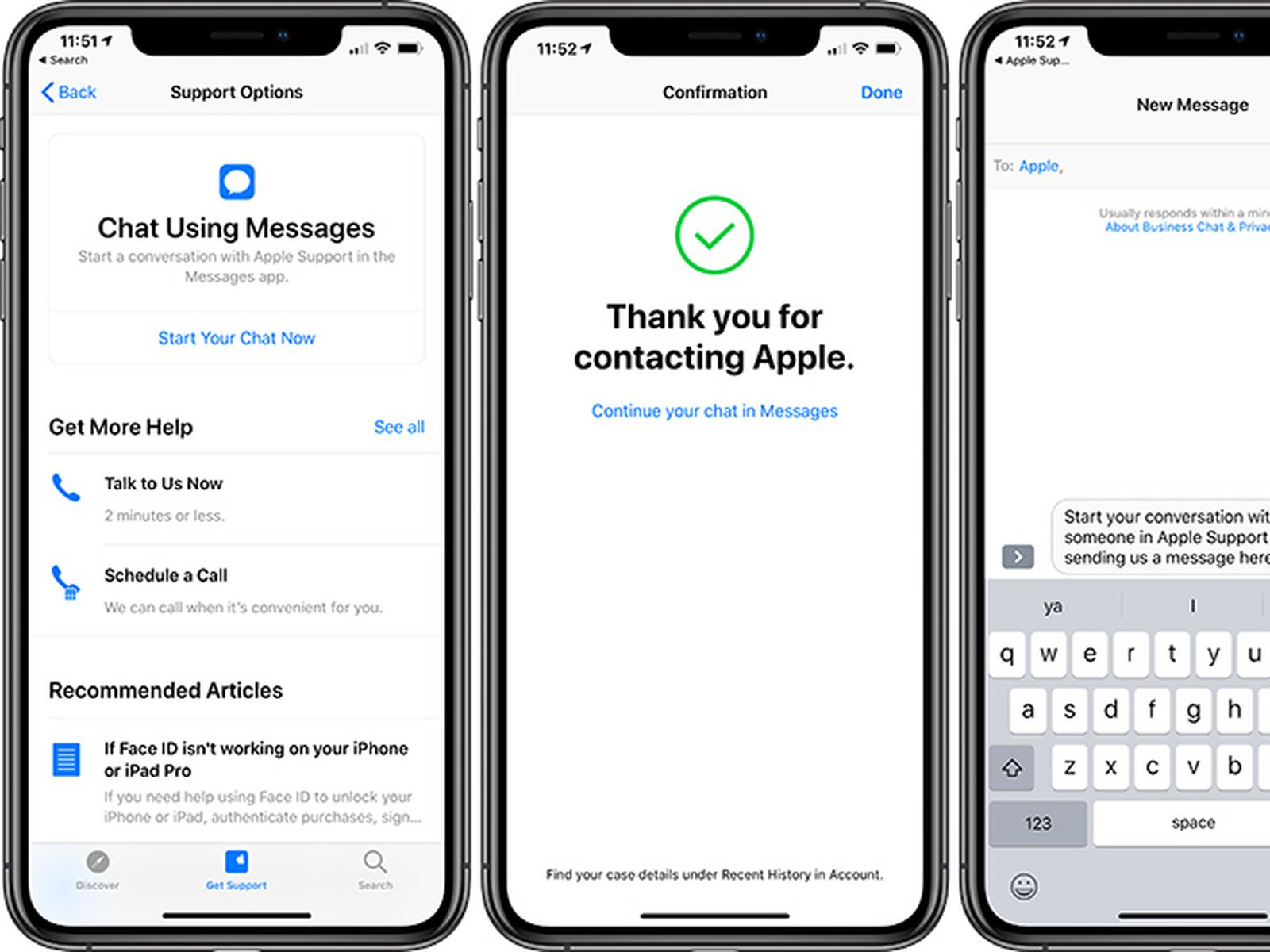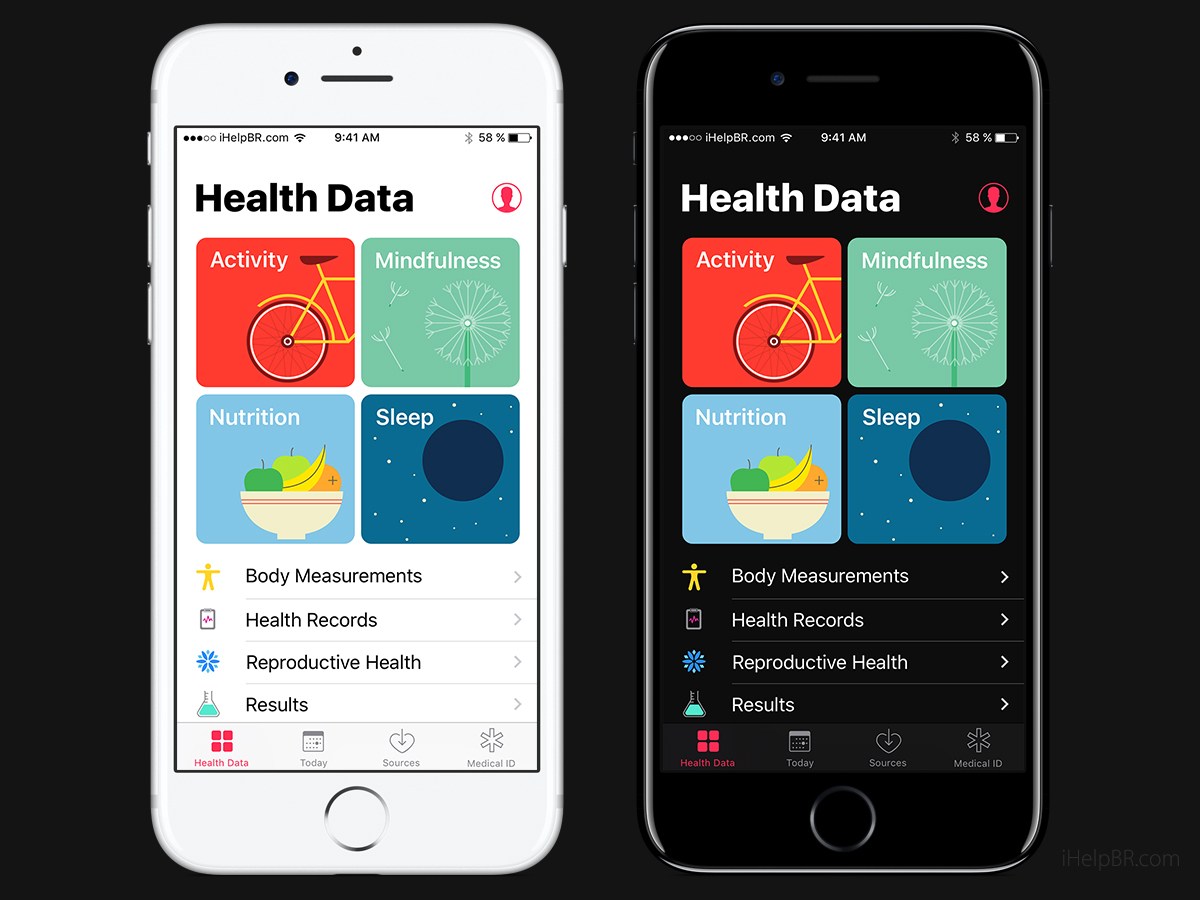Apple Messages
Send a message
- Open Messages.
- Tap the Compose button to start a new message. Or go to an existing conversation.
- Type your message.
- Tap the Send button .
With iOS 14, you can also use inline replies and mentions to call attention to specific messages and people within the messages.
Reply from the Lock screen
- What Messages feature is your feedback about?. Select Feature: Camera Digital Touch Apple Pay App Store for iMessage Animoji Memoji Camera effects (e.g. Shapes, text) #images Music Dictation Third-party iMessage app (please specify in the comments) Other (please specify in the comments).
- If you’d like to make a purchase, you can complete it using Business Chat. With Apple Pay, it’s even easier because you can pay with just a touch or a glance without leaving the Messages conversation.
- How to Enable Messages in iCloud on Your Mac. On macOS, you’ll first need to make sure that you’re updated to at least macOS High Sierra 10.13.5. When that’s done, open up the Messages app, and then navigate to Messages Preferences on the menu bar in the top-left corner of the screen. Click on the “Accounts” tab.
- Sign in to iCloud to access your photos, videos, documents, notes, contacts, and more. Use your Apple ID or create a new account to start using Apple services.
- From the Lock screen, touch and hold the notification that you want to reply to. Or depending on your device, you might need to swipe left over the notification and tap View.*
- Type your message.
- Tap the Send button .
If you have an iPhone X or later, or an iPad with Face ID, and can't reply to a message from the Lock screen, go to Settings > Face ID & Passcode, and turn on Reply with Message. If you have an iPhone SE (2nd generation), iPhone 8 or earlier, or an iPad, go to Settings > Touch ID & Passcode > Allow Access When Locked, and turn on Reply with Message.
How to disable SMS within iMessage. Google’s Messages is more a front-end to SMS than a separate messenger, adding richer functionality but with a tightly integrated approach.
* Touch and hold is available on most devices that support iOS 13 and later, or iPadOS. On iPhone SE (2nd generation), you'll need to swipe left on the notification, then tap View to reply to a message from the Lock screen.
Learn how to manage Messages notifications from the Lock screen.


Pin important messages
With Messages in iOS 14, you can pin up to nine conversations. When you pin a conversation it shows up at the top of the Messages app, so it's easy to get to.
To pin a conversation, open Messages, then swipe right over the conversation. Or follow these steps:
- Open Messages, then tap Edit or the More button .
- Tap Edit Pins , then tap the Pin button .
- Tap Done.

Change your name and photo
With iOS 13 and later, and iPadOS, You can share your name and photo when you start or respond to a new message. You can use a Memoji, or a custom image for your photo. Here's how:
- Open Messages and tap Edit in the upper-left corner.
- Tap Edit Name and Photo .
- Edit your name. Or tap the image circle to choose an image, photo, emoji or Memoji.
- Tap Done.
Your name and photo can be shared with anyone using iMessage, but you'll be asked to confirm that you want to share with someone when sending or replying to a new message. You can also turn sharing on and off. Just complete steps 1-2, and turn Name and Photo Sharing on or off.
Delete a message or conversation
When you delete a message or conversation, you can't get it back. So make sure that you save important information from your messages. To delete a single message:
- Touch and hold the message bubble that you want to delete, then tap More .
- Tap the Trash button , then tap Delete Message. If you want to delete all messages in the thread, tap Delete All in the upper-left corner. Then tap Delete Conversation.
As long as the conversation isn't pinned, you can also swipe left over the conversation, tap Delete, then tap Delete again to confirm. To delete more than one conversation, open Messages and tap Edit in the upper-left corner. Tap Select Messages, then tap the circle next to the conversations and tap Delete in the bottom-right corner.
To keep your messages for a certain amount of time, go to Settings > Messages > Keep Messages. Then select how long you want to keep your messages.
Turn on Hide alerts
- Open Messages.
- Swipe left over the conversation that you want to mute.
- Tap the Alerts button .
When Hide Alerts is on, a crescent moon icon will appear next to the conversation. This stops notifications only for that conversation, not your device. You’ll still receive all other messages and see notifications for them on your Lock screen.

Learn how to manage Messages notifications from the Lock screen.
Find attachments from a conversation
- Open the message.
- Tap the name of the contact at the top of the message, then tap the Info button .
- You'll see Photos and Links. Touch and hold an image or attachment to show options like Save, Copy, Share, and Delete.
To save an attachment outside of Messages, tap the attachment, tap the Share button , then select an option like Save Image or Save to Files. When you tap Save Image, it saves it to your Photos app.
Send and share your location

- Tap the name of the contact at the top of the conversation.
- Tap the Info button .
- Tap Send My Current Location. Your recipient will see your location on the map. Or tap Share My Location. Then choose the length of time that you want to share your location for.
Do more with Messages
- Learn the difference between iMessage and SMS/MMS.
- Explore the latest features in Messages to stay connected to the conversations the most.
- Learn what to do if you can't send or receive messages.
Here's how it works
Messages in iCloud are updated automatically, so you always have the same view everywhere you use iMessage. When you delete a message, photo, or conversation on one device, it’s removed from all of your devices. And since all of your attachments are stored in iCloud, you can save space on your device.
You can use Messages in iCloud on your iPhone, iPad, iPod touch, Apple Watch, and Mac. For your privacy, Messages in iCloud is end-to-end encrypted,* which means you can't view or access Messages online via browser.
* Learn more about iCloud security.
Turn on Messages in iCloud
To turn on Messages in iCloud, make sure that you've set up iCloud and are signed in with the same Apple ID on all your devices. You also need to use two-factor authentication with your Apple ID, and turn on iCloud Keychain.
On your iPhone, iPad, or iPod touch
- Go to Settings.
- Tap [your name].
- Tap iCloud.
- Turn on Messages.
On your Mac
- Open Messages.
- In the menu bar, choose Messages > Preferences.
- Click iMessage.
- Select the checkbox next to Enable Messages in iCloud.
Turn off Messages in iCloud
When you turn off Messages on your iPhone, iPad, iPod touch, or Mac, you can choose to turn off Messages in iCloud for just that device or all of your devices. Any device where Messages in iCloud is still turned on continues to store what you send and receive from that device in iCloud.
On your iPhone, iPad, or iPod touch
- Go to Settings.
- Tap [your name] > iCloud.
- Turn off Messages.
On your Mac
- Open Messages.
- In the menu bar, choose Messages > Preferences.
- Click iMessage.
- Deselect the checkbox next to Enable Messages in iCloud.
If you turn off Messages in iCloud on an iPhone, iPad, or iPod touch your message history will be included in a separate iCloud backup. If you set up an Apple Watch for a family member, Messages in iCloud is the only way to back up messages.
Apple Messages
Make the most of Messages
Apple Messages Free
- Learn how to use Messages on your iPhone, iPad, or iPod touch.
- Personalize your messages with Digital Touch, iMessage apps, and message effects.
- Send photos, videos, or audio messages and group messages.
- Learn how to use Messages on your Mac.
